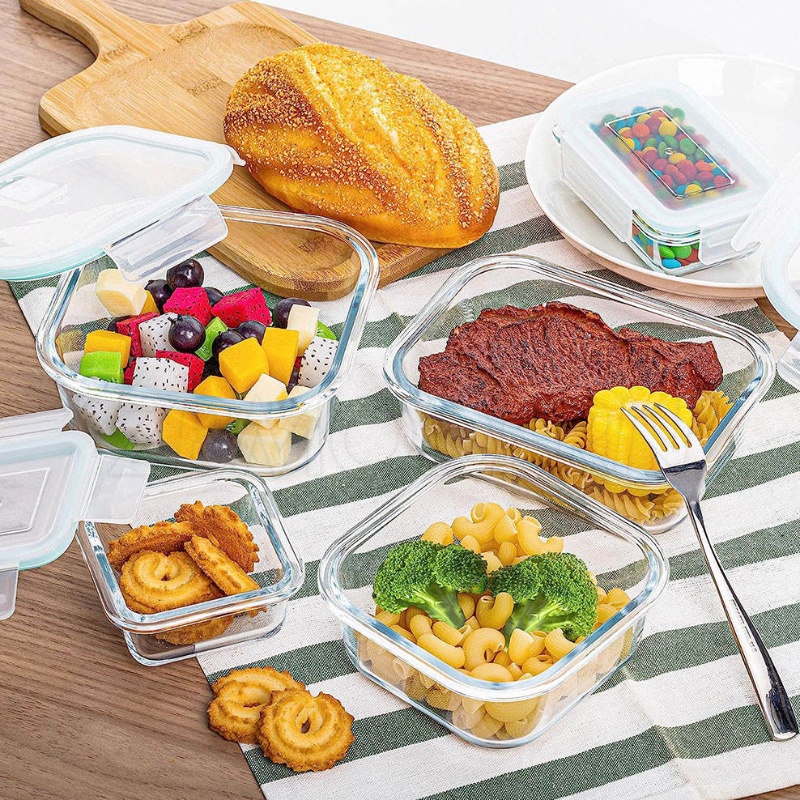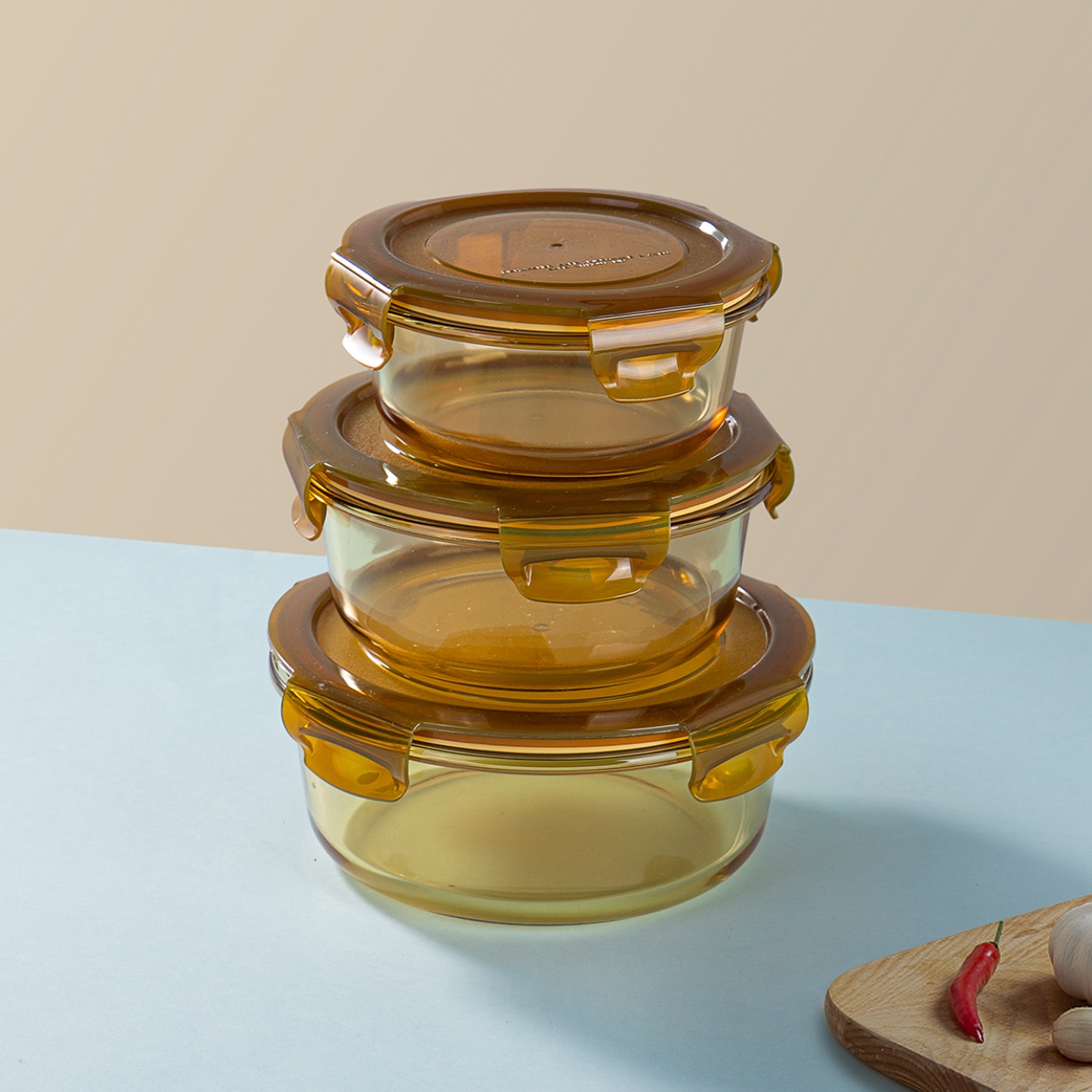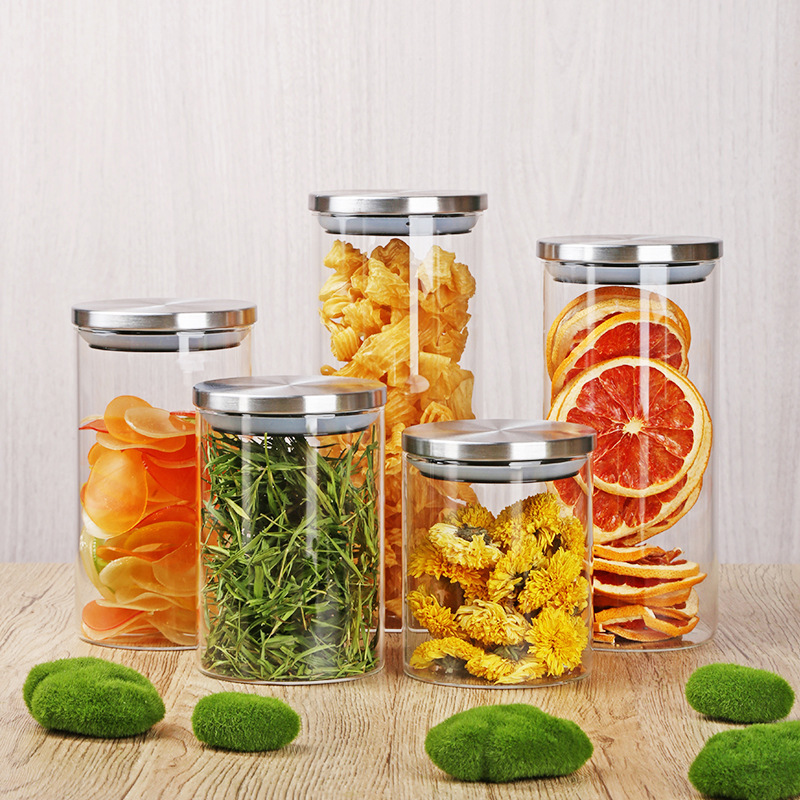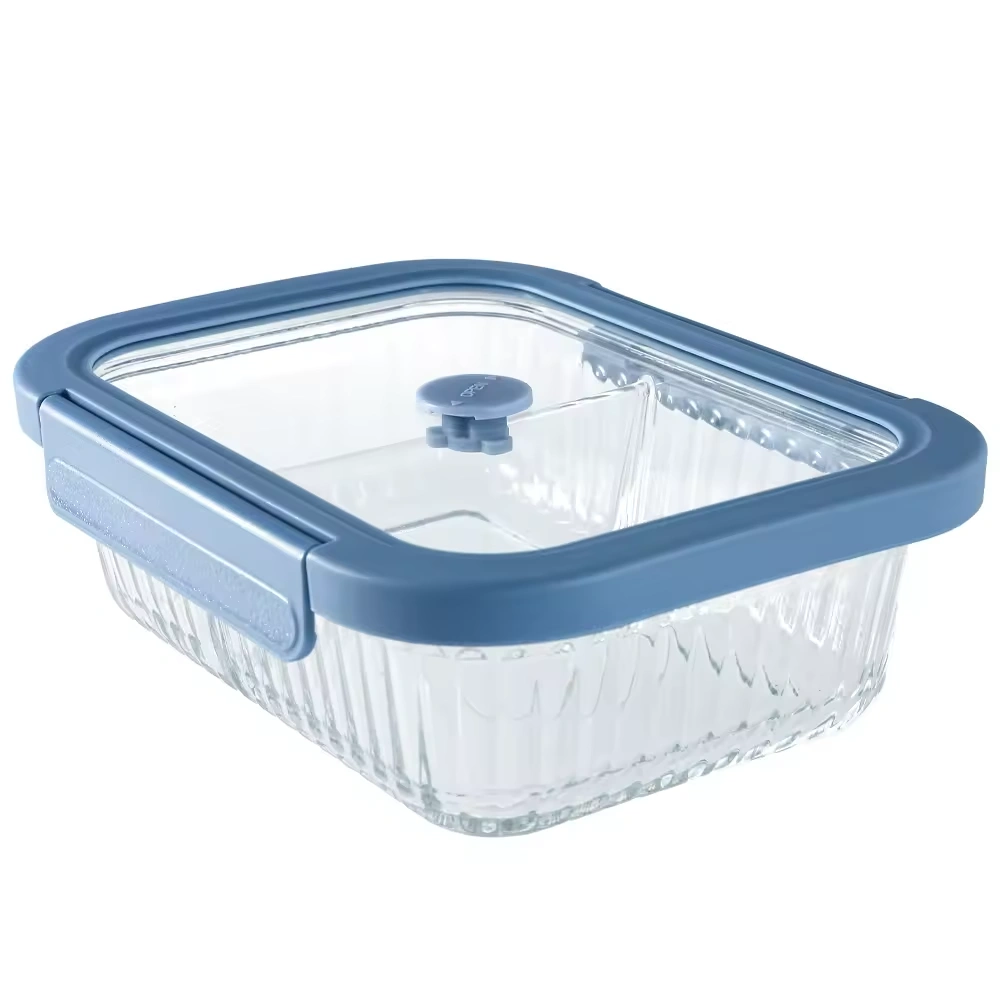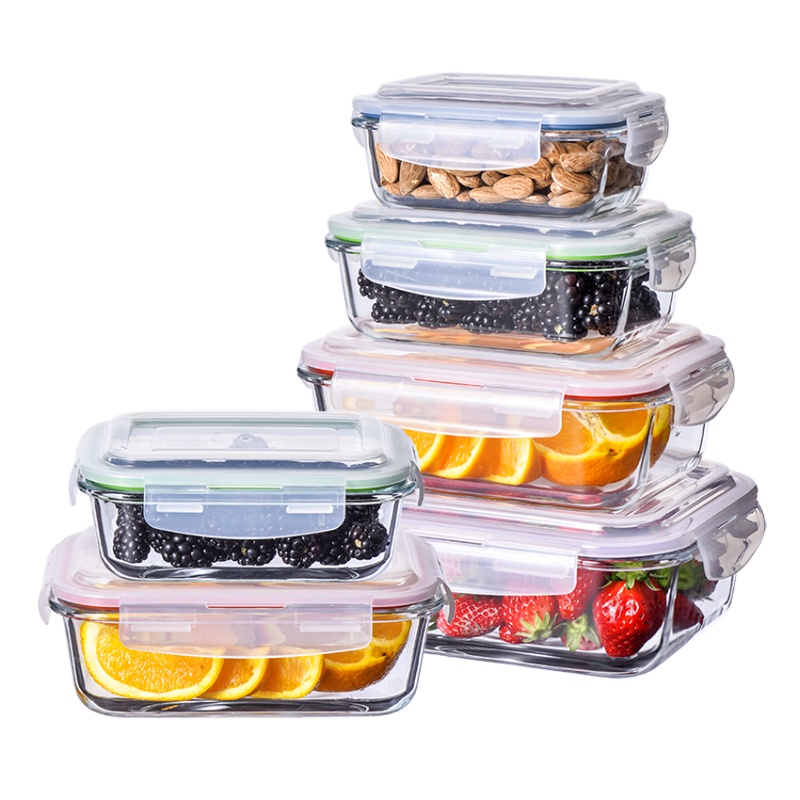What Are The Disadvantages of Borosilicate Glassware?
Table of Contents

Paul Ren
Hello! I’m Paul, the Senior Sales of Canzo Glassware. With 18 years of experience in the glassware industry, I’m excited to share some insights from our perspective as a China glassware manufacturer. Today, we’re diving into a common question: What are the disadvantages of borosilicate glassware?
Borosilicate glassware is widely praised for its durability, heat resistance, and versatility. However, like any material, it comes with its own set of drawbacks. In this article, we’ll take a closer look at some of the challenges associated with using borosilicate glassware.
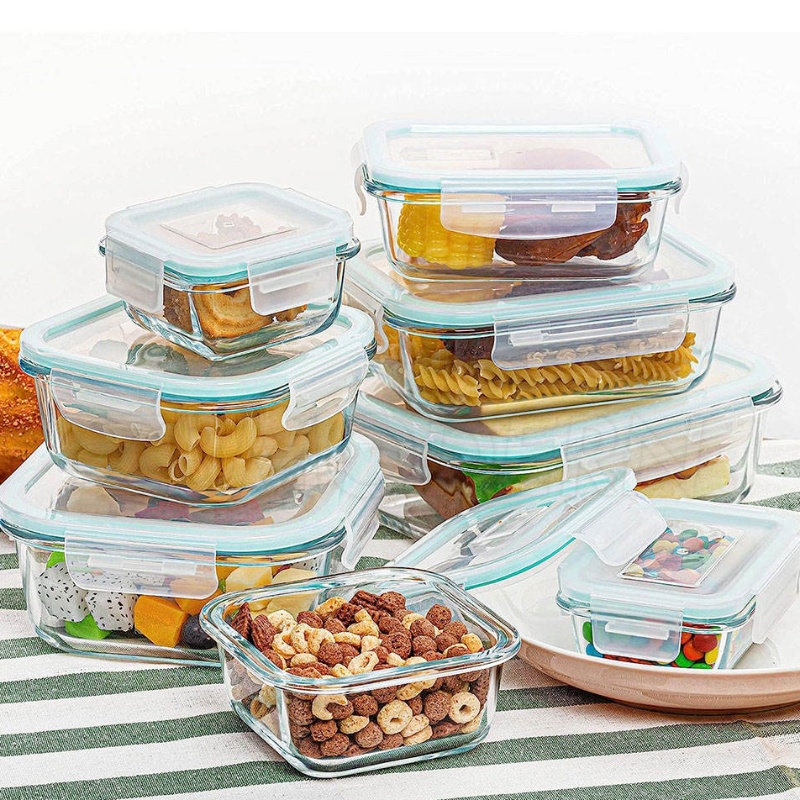
Higher Raw Material Cost
One of the main disadvantages of borosilicate glassware is the higher cost. This material is more expensive to produce than regular soda-lime glass because it contains boron trioxide. This added component enhances the glass’s thermal and chemical resistance but also raises the production costs. As a result, when we choose borosilicate glassware, we’re often paying more for the product. For those on a budget or for large-scale applications, this cost difference can be a significant consideration.
Increased Weight and Thickness
Another downside of borosilicate glass is its weight and thickness. To achieve its renowned durability, borosilicate glass is typically made thicker than regular glass. This added thickness contributes to its overall weight. If we’re looking for lightweight, portable solutions, borosilicate glassware may not be the most convenient option. In cases where weight is a priority, such as travel or for specific industrial uses, this can become a limiting factor.
Sensitivity to Extreme Temperature Changes
While borosilicate glass is celebrated for its ability to withstand high temperatures and resist thermal shock better than regular glass, it’s not completely immune to sudden temperature changes. If we expose borosilicate glassware to abrupt temperature extremes—like moving it directly from a hot oven into cold water—it can crack or even shatter. It’s important to be cautious, especially when using borosilicate glass in environments where temperature fluctuations are common.
Reactivity with Certain Chemicals
Borosilicate glassware is highly resistant to most chemicals, making it a popular choice in laboratories and kitchens. However, it’s not entirely impervious. Strong alkalis and hydrofluoric acid can interact with borosilicate glass, leading to potential damage or even corrosion over time. This reactivity limits its use in environments where these chemicals are present, so we must carefully consider the type of substances we’ll be handling when choosing borosilicate glassware.
Limited Color and Design Options
Another often-overlooked downside is that borosilicate glassware typically has limited design options. Due to its specific composition and production process, there are fewer options for colored or intricately designed glassware. For those of us looking for aesthetic variety in kitchenware or lab equipment, this might be a disadvantage. While borosilicate glass offers functionality, it may lack the visual appeal of other materials.
Conclusion
In conclusion, while borosilicate glassware excels in durability and thermal resistance, we must also consider its drawbacks. The higher cost, increased weight, sensitivity to extreme temperature changes, potential reactivity with certain chemicals, and limited design options are all factors to keep in mind. Understanding these disadvantages will help us make more informed choices when selecting materials for specific applications.
Newest Blog
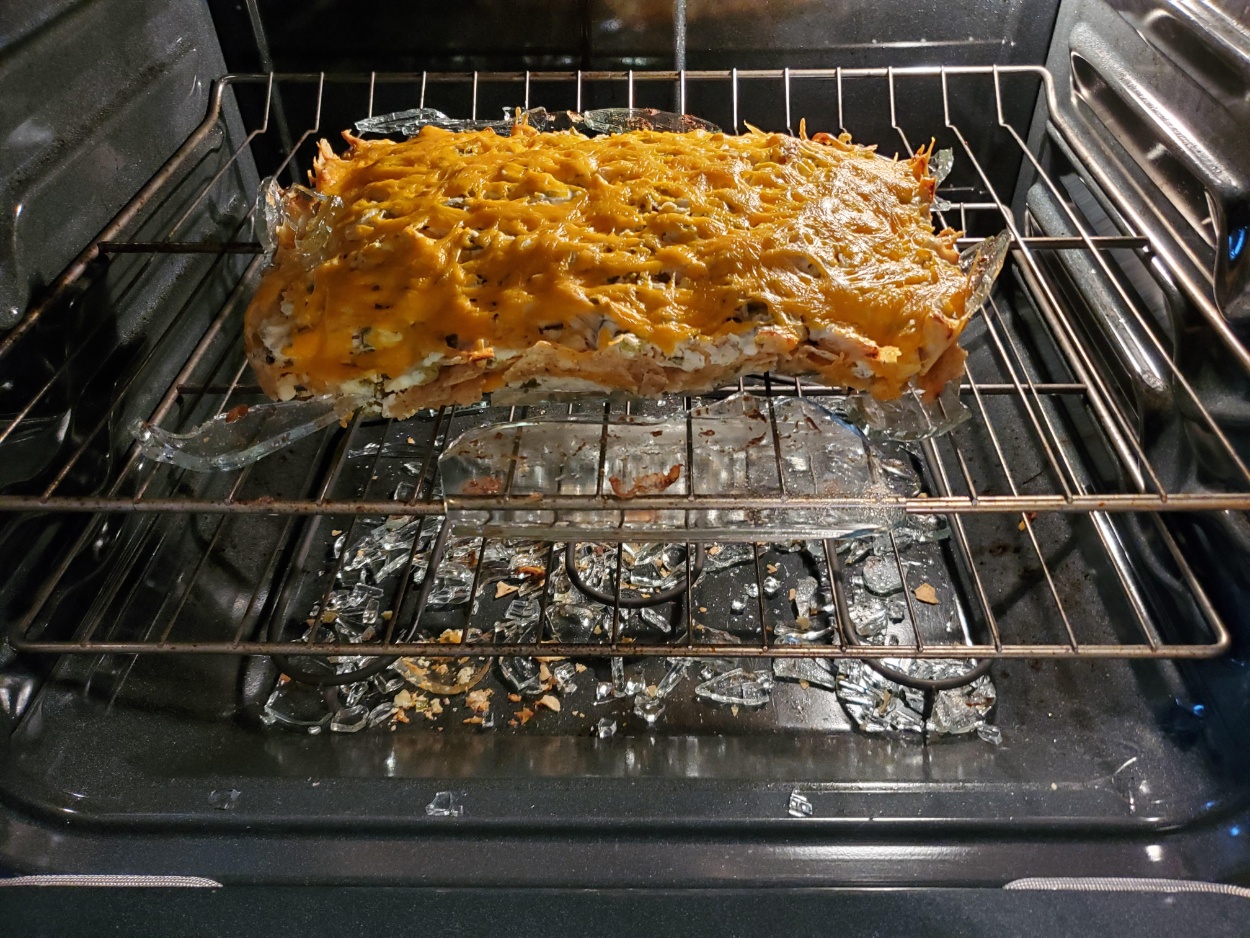
Is Glass Safe In The Oven?
Whether you’re a home cook or a business owner sourcing from a glass lunch box factory, understanding the nuances of oven-safe glass is crucial. We’ll explore the world of durable and reliable custom glass food container options, ensuring you make informed decisions.
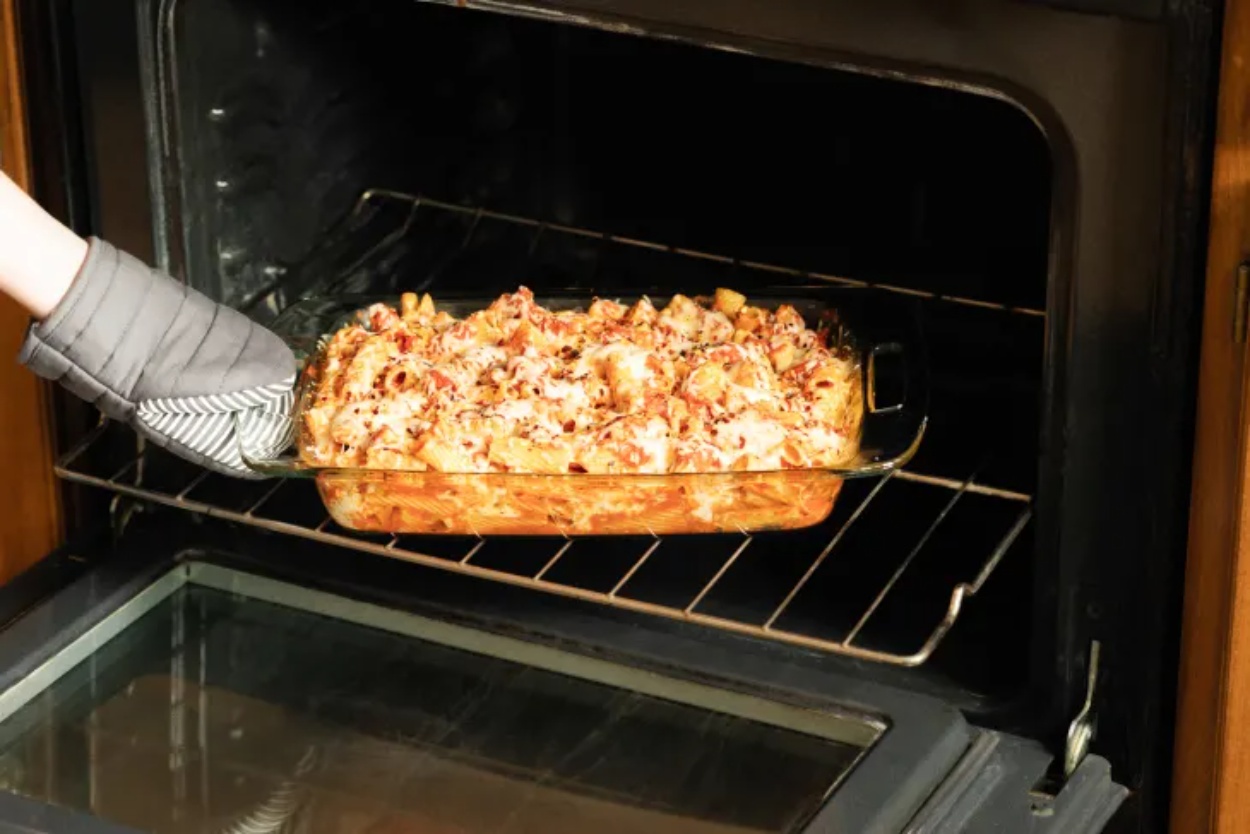
Can You Put Glass In The Oven?
We’ll explore why choosing the right type of glass, particularly from a reliable China glassware factory, is so important, especially if you’re looking for custom glass food storage containers or even a glass lunch box factory.
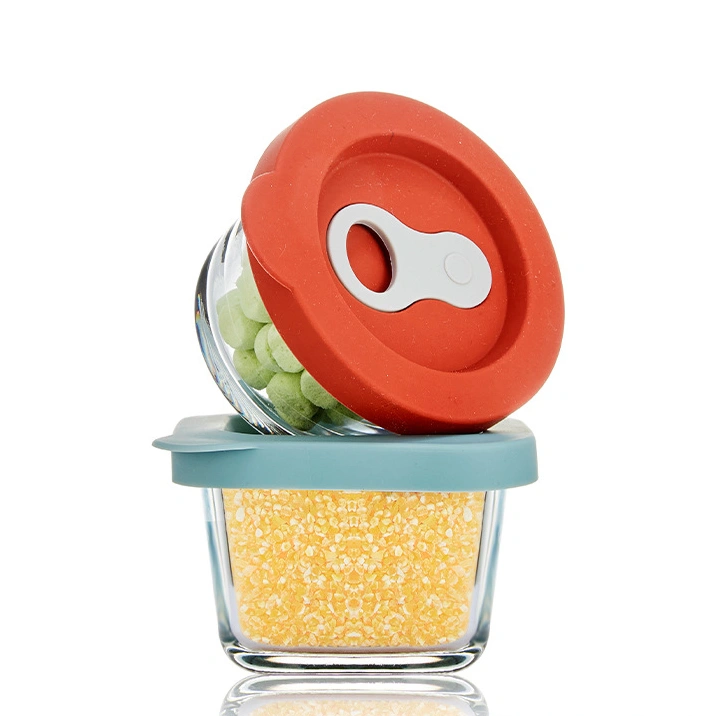
What To Do With Small Glass Containers?
From baby food meal prep, storing leftovers to organizing your craft supplies, small glass containers are super handy!

